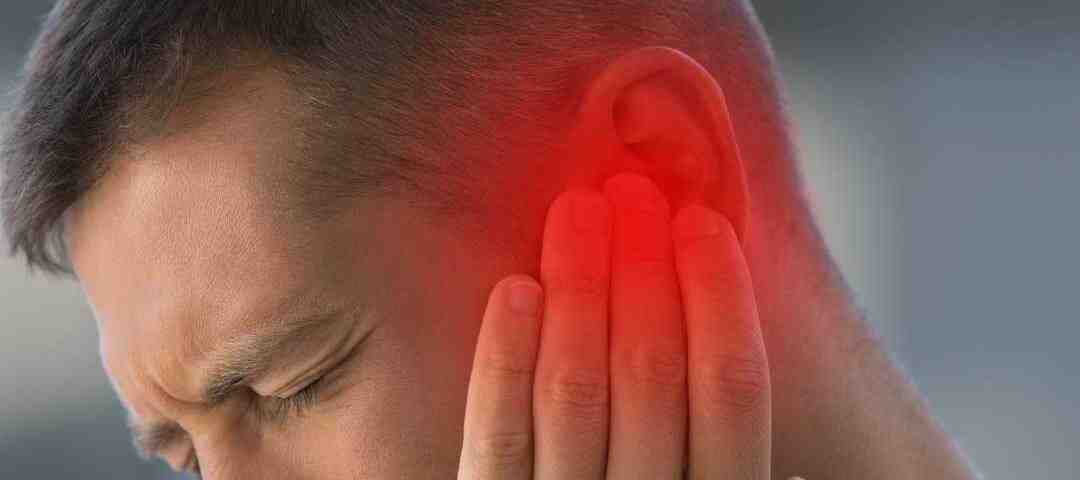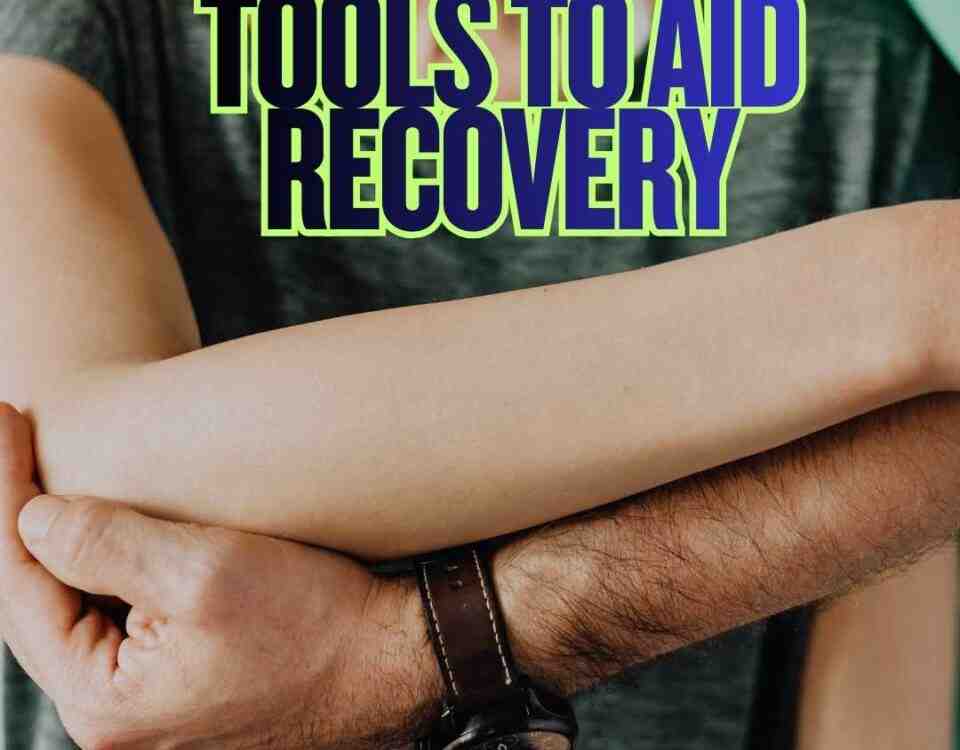Earaches in Adults- What are the Causes?

Filing a Claim After a MVA (Motor Vehicle Accident)
March 25, 2024
Seeking Proper Treatment After a MVA (Motor Vehicle Accident)
March 25, 2024Common Causes of Earaches in Adults
Earaches in adults can be downright uncomfortable, disrupting daily routines and causing problems in even the simplest tasks. While they may seem like a minor inconvenience, they can stem from a myriad of underlying causes, some of which may require medical attention, while others may require self-care. Dr. Aaron Workman, a member of one of the highest rated auto injury medical care programs in Lexington, Kentucky, discusses some of the most common types of earaches, their causes, and frequent ways they are managed.
- Middle Ear Infection:
One of the primary culprits behind earaches in adults is otitis media, known for its inflammation or infection of the middle ear. This can occur due to a bacterial or viral infection, often following a cold or upper respiratory infection. When the middle ear becomes inflamed, it can lead to pain, pressure, and sometimes even fluid buildup behind the eardrum, which can not only cause discomfort but also affect your hearing. Treatment typically involves antibiotics for bacterial infections. If the cause is viral your doctor may recommend a type of decongestant with an antihistamine for relief of symptoms.
- Eustachian Tube Dysfunction:
The Eustachian tube is a narrow passage that connects the middle ear to the back of the throat. This is the area that will give the popping sound you often hear with changes in altitude. Its primary function is to regulate air pressure in the middle ear and drain fluids. If the Eustachian tube becomes blocked or does not relieve the pressure it can lead to earaches and that intense pressure feeling in the ear causing pain. This can occur due to allergies, sinus infections, or changes in altitude. Treatment may involve decongestants, nasal steroids, or maneuvers to help open the Eustachian tube. Holding the nose closed and blowing carefully, flexing the muscles of the jaw, chewing gum (great for traveling with kids), pulling the earlobes up and down and even blowing up a balloon can sometimes alleviate the pressure providing relief.
- Swimmers Ear:
Otitis externa is an infection or inflammation of the outer ear canal. It typically occurs when water gets trapped in the ear, creating a nasty environment ideal for bacterial growth. Symptoms of swimmer’s ear include ear pain, itching, redness, and discharge. Treatment typically involves ear drops to clear the infection and alleviate symptoms.
- Trauma or Injury:
Physical trauma or injury to the ear can also result in earaches. This can occur due to activities such as vigorous cleaning of the ear canal with cotton swabs, inserting objects into the ear, exposure to loud noises, or sudden changes in air pressure. In some cases, trauma to the ear can lead to conditions like a ruptured eardrum, causing intense pain and affecting hearing. Ear pain following injury or trauma should always be examined by an appropriate doctor.
- Temporomandibular Joint (TMJ) Trauma:
The temporomandibular joint connects the jawbone to the skull and plays a key part in functions like chewing and speaking. Disorders affecting this joint can cause referred pain to the ears. If you are involved in a MVA the trauma of whiplash can cause TMJ dysfunction and also the pain in the ears. Treatment often involves different types of lifestyle modifications, stress management techniques, mouth guards or therapy, all depending on the method of injury.
- Wax Buildup:
Ear wax is a natural substance made by the ear to protect the ear canal from dust, debris, and infection. If ear wax removal does not keep up with production, then wax buildup can occur, leading to earaches, hearing loss, and a sensation of fullness in the ear. Using cotton swabs, hearing aids, or earplugs can contribute to wax accumulation, possibly pushing it back into the ear. Treatment typically involves softening the wax with over-the-counter ear drops and gently flushing it out with warm water in that big blue bulb we feared as a child.
In the end, earaches in adults can start from any of these typical causes. Some cases may resolve on their own with time and self-care, while others may require medical intervention to address more complicated underlying issues. If you are experiencing constant, recurring, or severe ear pain, it is time to seek help.
— This article is written by Aaron Workman, DC, one of the members of Chambers Medical Group’s team of car accident chiropractors who offer a variety of treatments and therapies ranging from diagnostic testing to various soft tissue therapies for car accidents and injuries in Kentucky.
- Car Accident Medical Clinic in Tampa
- Car Accident Medical Clinic in Plant City
- Car Accident Medical Clinic in Brandon
- Car Accident Medical Clinic in Lakeland
- Car Accident Medical Clinic in Sarasota
- Car Accident Medical Clinic in Louisville
- Car Accident Medical Clinic in Lexington
- Car Accident Medical Clinic in Florence




